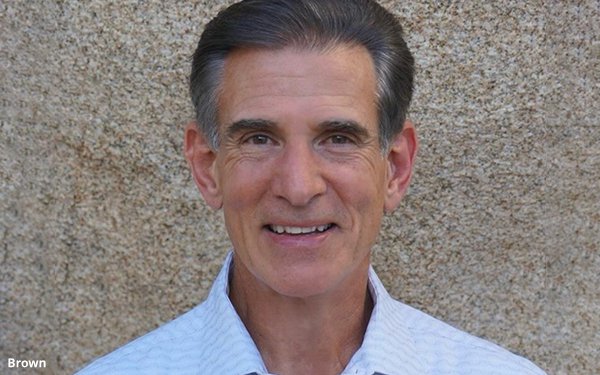Commentary
Macy's And The Vanishing American Department Store
- by Sarah Mahoney , Staff Writer @mahoney_sarah, December 13, 2023

Macy’s is still mum on a response to a reported buyout bid. But the news has reanimated a decades-long debate: Can department stores ever regain their relevance in an era of ecommerce and specialization? Michael Brown, a partner and Americas retail leader at Kearney, a strategy and management consulting firm, weighs in.
Retail Insider: This reported bid for Macy’s isn’t surprising. Kohl’s has recently fended off a similar offer, and we’ve seen so many retailers struggle and fade away. Are department stores an endangered species?
Michael Brown: The American department store has been endangered for 40 years. We've seen consolidation, bankruptcies and closures. Once there were more than 40, now we’re down to a small handful. The format has constantly been challenged. But there is still a place for those that remain. If they can offer unique experiences for brands and consumers, they’ll have a thriving future.
Retail Insider: When I shop Macy's flagship in New York, it’s crowded -- full of tourists, shoppers and excitement. When I go to Macy’s where I live in Maine, it’s depressing and deserted. Why?
Brown: Stores must find ways to deliver a scaled version of the experiences they offer at flagships for mall stores. Department stores used to be full of those experiences, like coffee shops, restaurants and incubators for new designers. We’ve got to get back to that. It’s happening online now, but consumers want to see, touch and feel new brands.
Retail Insider: Target might argue it does that.
Brown: Target has answered that for the Target demographic. But where's that opportunity for the next income level up? Plenty of nascent brands begin online today and then open their own stores and even outlet stores. Department stores would be a better platform to bring those brands to the physical world, just as they did in decades past with names like Donna Karan and Tommy Hilfiger. If they do that, they can probably regenerate the success they've had in the past.

Retail Insider: Many, like Nordstrom, brought in digital-first brands like Everlane, Allbirds and Rent the Runway. Others have gone a different way, like Saks spinning off its ecommerce division. To your mind, what does good omnichannel retailing look like today?
Brown: All the department stores have become omnichannel, but it's not been a strong integration. They haven’t changed how they operate. What is the right store footprint? Bigger? Smaller? Too many don’t have any events or experiences at their mall stores.
They should ask themselves how to use stores almost as a catalog, where online consumers can visit stores for experiences. Things like apps that build shopping lists and send alerts when items go on sale help integrate the shopping experience. Physical stores have a real role when they can make that integration.
Retail Insider: As crucial as ecommerce is to all these stores, it’s highly generic. There’s very little difference between shopping on Amazon or macys.com.
Brown: True. These are just transactional relationships. Years ago, Marvin Traub, then head of Bloomingdale’s, wrote about the importance of theater in retail.
We're missing that right now, especially online. People look at these little two-inch by two-inch pictures, buy them in a couple of sizes and then return them. It’s an expensive proposition for stores. So if we can put that theater and the right experiences back in the right stores, we’ll give people a reason to get in the car and go to the mall. Department stores will thrive.
Retail Insider: Which retailers do you think are doing well regarding omnichannel integration?
Brown: Target and Walmart. Both are good examples of multidepartment retailers connecting to the physical and the digital world in ways that engage consumers.
Retail Insider: Nordstrom is doing a lot with smaller stores that act as hubs. Are those effective?
Brown: We have always thought it's necessary for all retailers, not only department stores, to have a network that mixes different sizes of stores and different experiences. That’s even true for specialty apparel. Look at a company like Bonobos, with its Guideshops. There's no inventory in the stores. People just come in to look, feel and try on. Every retail concept needs to find some experiential component to remain relevant to the consumer.
Retail Insider: Part of the issue is that publicly held companies aren’t just answering to customers. Their corporate boards are questioning the value of their real estate versus the value of their brand.
Brown: Yes. The business has to be stronger than the assets. And there's a perception right now that it might not be. That's what the recent offer is saying about Macy's. But we’ve seen this type of real estate play many times. And it doesn't mean it's the end of the brand or the retail business. It's another mechanism to optimize the asset base from a different angle.



